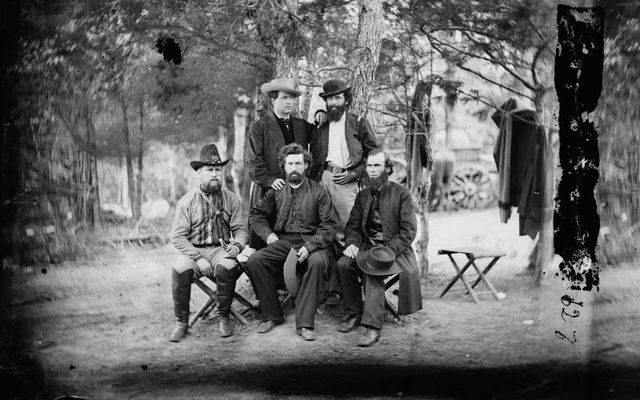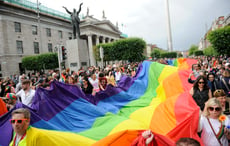EPIC The Irish Emigration Museum explores Notre Dame's historic ties to Ireland with their newest exhibition "Closer Than You Think" from August 1-31.
This past weekend saw old rivals The University of Notre Dame and The U.S. Naval Academy face off at Dublin’s Aviva Stadium for the 2023 Aer Lingus College Football Classic.
To mark this highly anticipated event, EPIC The Irish Emigration Museum is hosting a temporary exhibition titled "Closer Than You Think", which will explore the strong ties that exist between Ireland and Notre Dame, as well as Ireland and the US Navy.
EPIC is offering IrishCentral readers 20% off tickets for self-guided experiences*. Use promo code IRISHCENTRAL at checkout here.
The University of Notre Dame has long-standing connections to Ireland, with many past University presidents being of Irish descent. Four of the religious brothers who worked with Fr Edward Sorin to establish Indiana University in 1842 had Irish heritage. Notre Dame has also played host to notable figures in Ireland’s history, with Eamon de Valera visiting the campus in 1919 and planting a “Tree of Liberty”.
US naval records are also replete with Irish names, from as far back as the American War of Independence. "Closer Than You Think" shines a light on the Irish who helped establish these two institutions – and the Irish connections that endure to this day.
Ellen Ryan Jolly (c.1860–1932)
Ellen Ryan Jolly (c.1860–1932)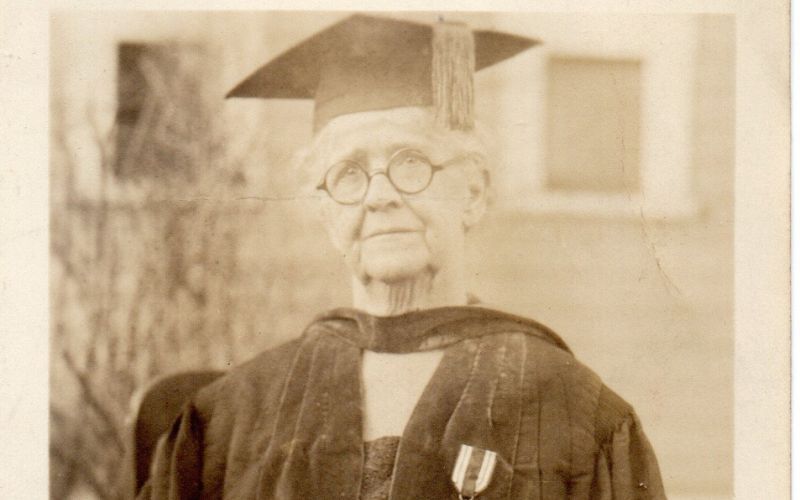
Jolly became the first woman to receive an honorary doctorate from Notre Dame in 1918. Born to Irish immigrants, she regularly spoke in support of Irish independence and was president of the Ladies’ Auxiliary of the Ancient Order of Hibernians from 1912 to 1916. She spent many years campaigning for a DC monument to the nuns who nursed soldiers during the Civil War.
Navy and the Great Famine (1847)
A series of potato crop failures in the 1840s caused a devastating famine in Ireland, with hundreds of thousands dying. In March 1847, Congress passed a joint resolution allowing two navy vessels – the USS Jamestown and USS Macedonian – to carry humanitarian aid donated by the American people to the Irish. The USS Jamestown alone transported more than 8,000 barrels of provisions.
Navy operating base in Northern Ireland (1942–1944)
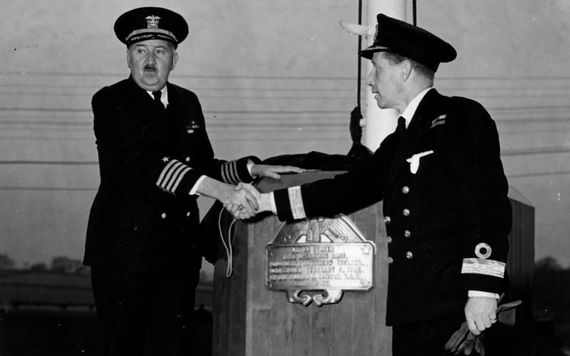
Navy operating base in Northern Ireland (1942–1944)
The US Navy opened an operating base in Londonderry during World War II to service Allied convoy escort ships. Known as ‘Base One Europe’, it was the main center of American naval operations in Europe for much of the war. First Lady Eleanor Roosevelt visited the facilities in November 1942, arriving in Ireland under the codename ‘Rover'.
Dev at Notre Dame (October 1919)
Éamon de Valera, Irish nationalist and future president of Ireland, received a rapturous welcome at Notre Dame when he visited as part of a US fundraising tour. He planted a ‘tree of liberty’ on campus to mark the occasion, but it was uprooted shortly after by a student of ‘unionist persuasion’.
‘Fighting Irish’
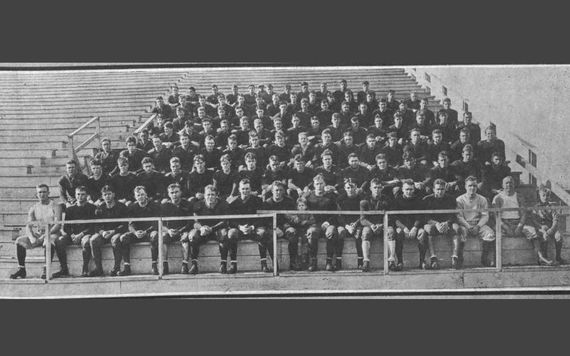
The Fighting Irish.
The exact origins of Notre Dame's sports nickname are hard to trace. However, it seems to have gained traction in the 1920s as its football team became a formidable force under coach Knute Rockne. The name was given added resonance in 1924 when Notre Dame students clashed with Ku Klux Klan members who had gathered for a rally in South Bend, forcing them
out of the city. University president Rev Matthew Walsh endorsed the moniker in 1927, saying he hoped ‘we may always be worthy of the ideal embodied in the term’.
Commodore John Barry (1745–1803)
Commodore John Barry (1745–1803)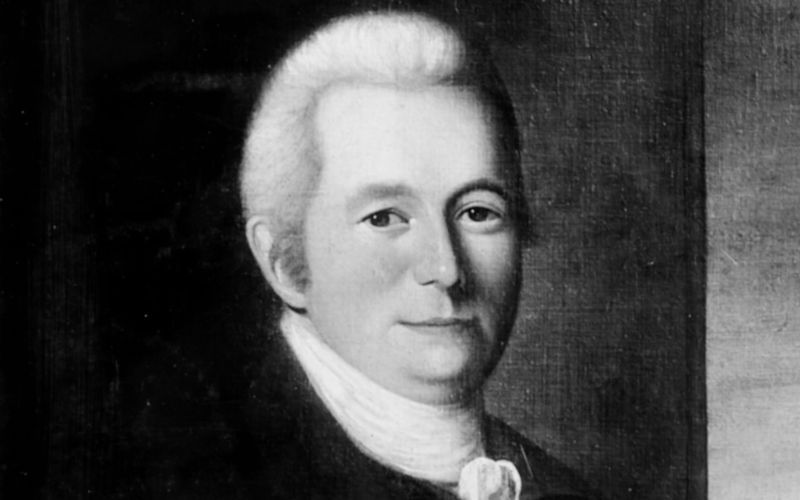
Born in Ireland, Barry is known as the ‘Father of the Navy’ for his role in the establishment of American naval operations. The Wexford native began his seafaring career as a cabin boy before moving to Philadelphia and becoming a merchant sailor. Commissioned as a captain by the Continental Congress in 1776, he was the first naval officer to capture a British vessel during the Revolutionary War.
William Corby (1833–1897)
When the US civil war broke out in 1861, Corby left a position at Notre Dame to join the Union Army as a chaplain. The young Holy Cross priest famously gave absolution to members of the Irish Brigade as they went to fight at Gettysburg. He later returned to Notre Dame, where he served two terms as university president.
Navy air station at Queenstown (1918–1919)
Navy air station at Queenstown (1918–1919)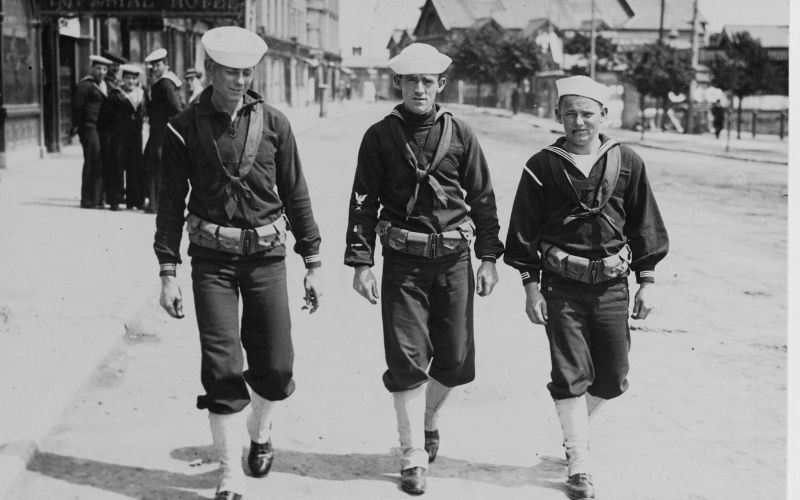
World War I saw a US naval air station established at Queenstown (Cobh) in southern Ireland to support operations against enemy submarines. With six hangars and three slipways, it provided assembly and repair services for aircraft as well as a base for seaplanes. The station reportedly had more than 1,000 personnel by the end of the war.
About EPIC The Irish Emigration Museum
EPIC The Irish Emigration Museum was created to honor the Irish diaspora abroad and recognize the vital contributions and monumental impact Irish people have made worldwide. By combining personal emigrant perspectives with social and cultural context, visitors can understand why a person left Ireland and the beliefs and heritage they brought with them. The museum was voted Europe’s Leading Tourist Attraction in 2019, 2020 & 2021.
Check out EPIC The Irish Emigration Museum's website for more information. Open 7 days a week, you can visit EPIC at Custom House Quay, Dublin 1. You can also follow them on Facebook, Instagram, and Twitter.
* Discount code valid until the end of 2023.
